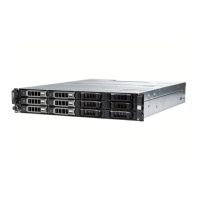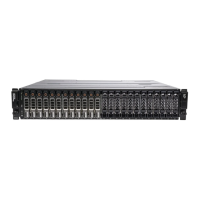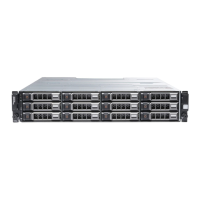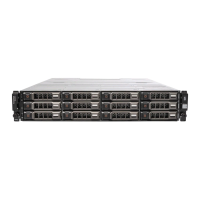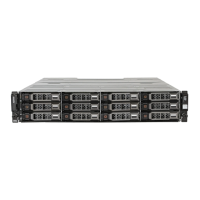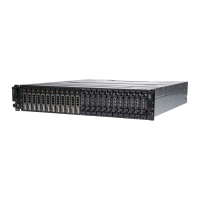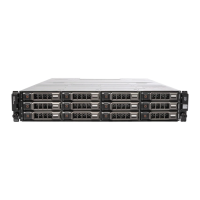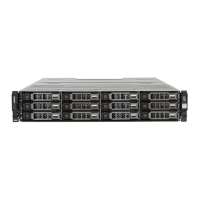42 Post Installation Tasks
2
Edit the configuration file for the connection you want to configure, either
/etc/sysconfig/network-scripts/ifcfg-ethX
(for Red Hat Enterprise Linux)
or
/etc/sysconfig/network/ifcfg-eth-id-XX:XX:XX:XX:XX
(for SUSE
Enterprise Linux).
BOOTPROTO=dhcp
Also, verify that an IP address and netmask are not defined.
3
Restart network services using the following command:
/etc/init.d/network restart
If you are using a static IP address (root users only):
1
Edit the /
etc/sysconfig/network
file as follows:
NETWORKING=yes HOSTNAME=mymachine.mycompany.com
GATEWAY=255.255.255.0
2
Edit the configuration file for the connection you want to configure, either
/etc/sysconfig/network-scripts/ifcfg-ethX
(for Red Hat Enterprise Linux)
or /etc/sysconfig/network/ifcfg-eth-id-XX:XX:XX:XX:XX (for SUSE
Enterprise Linux).
BOOTPROTO=static BROADCAST=192.168.1.255 IPADDR=
192.168.1.100 NETMASK=255.255.255.0 NETWORK=
192.168.1.0 ONBOOT=yes TYPE=Ethernet
HWADDR=XX:XX:XX:XX:XX:XX GATEWAY=192.168.1.1
3
Restart network services using the following command:
/etc/init.d/network restart
Configuring iSCSI on Your Storage Array
The following sections contain step-by-step instructions for configuring
iSCSI on your storage array, using the Modular Disk Configuration Utility
(MDCU).
It is recommended that you use the Modular Disk Configuration Utility
(MDCU) for iSCSI configuration. The MDCU wizard guides you through
the configuration steps described above. If you want to perform a manual
configuration, see "Appendix—Manual Configuration" on page 53.
book.book Page 42 Wednesday, December 29, 2010 9:23 PM
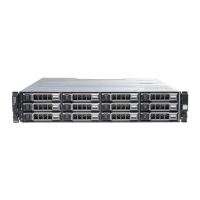
